#Dunajec
Text
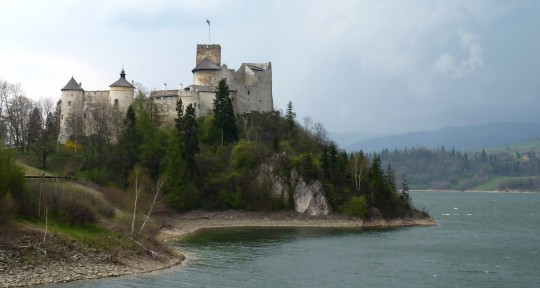
Niedzica castle, Poland (by Dudva)
61 notes
·
View notes
Photo
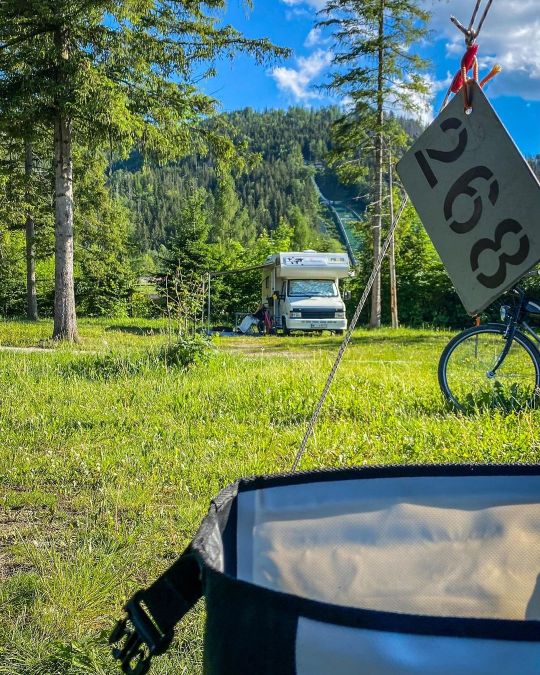
Było bardzo rześko w nocy ale gotowy do drogi jeszcze pakowanie, składanie namiotu, kawa i dosiadam mojego rumaka wyruszamy zapraszam na YT @michuontour #rower #dunajec #velodunajec #wyprawazsakwami #michuontour (w: Zakopane) https://www.instagram.com/p/CmoCxYdj7t0/?igshid=NGJjMDIxMWI=
8 notes
·
View notes
Text
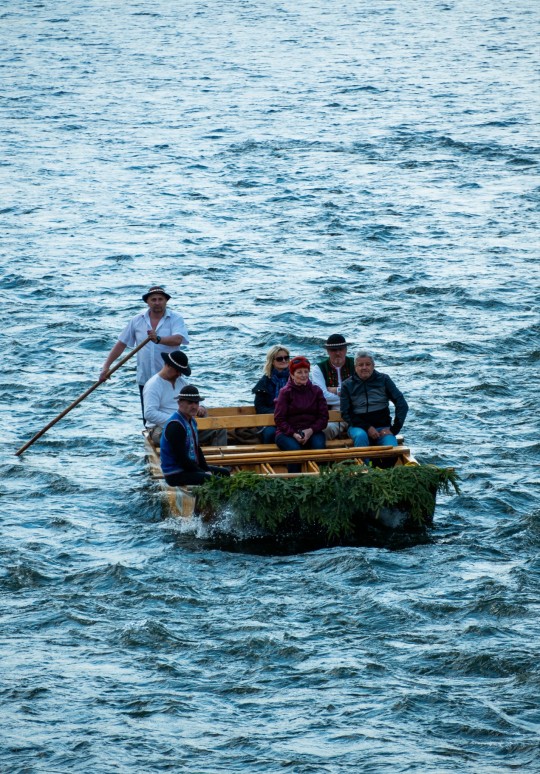
6 notes
·
View notes
Text
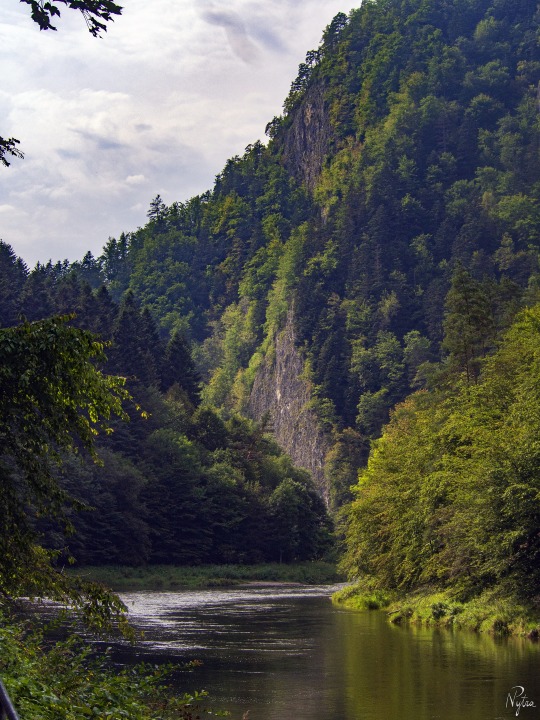
Przełom Dunajca pod Sokolicą. 29.08.2023, pomiędzy Szczawnicą a granicą ze Słowacją.
#olympusepl5#mzuikodigital#Dunajec#Sokolica#Szczawnica#Góra#Rzeka#Zbocze#Skarpa#Podnóże#Stok#Pieniny#Przełom#Małopolska#Polska#Poland#Mountain#Rver#Riverbend#Hillside
1 note
·
View note
Photo
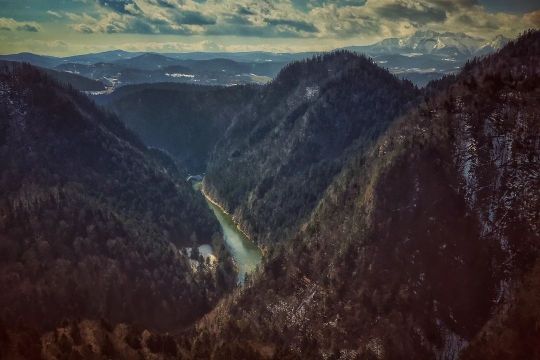
#pieniny #góry #dunajec #landscape #magicmoments #reset #fujifilm #fujix100v (w: Krościenko nad Dunajcem) https://www.instagram.com/p/Cpj5cQJIoHO/?igshid=NGJjMDIxMWI=
0 notes
Text
Czas róż...
Czas róż…
Stara chrześcijańska legenda mówi, że róże chociaż uważane są za kwiaty Maryi tak naprawdę powstały z krwi Chrystusa, która z krzyża spływała na ziemię, a którą one jak kielichy chciały ochronić, bo przecież wystarczyłaby kropla Jego przenajdroższej krwi, aby świat zbawić, co podkreślał już Jan Duns Szkot, a co w tak niezwykły sposób wymalował polski artysta Edward Okuń.
Kompozycja, malowana z…
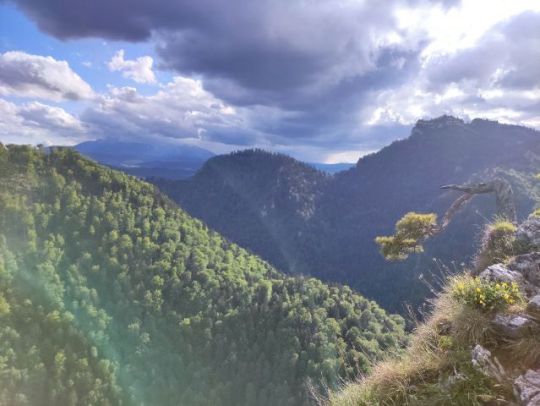
View On WordPress
0 notes
Text
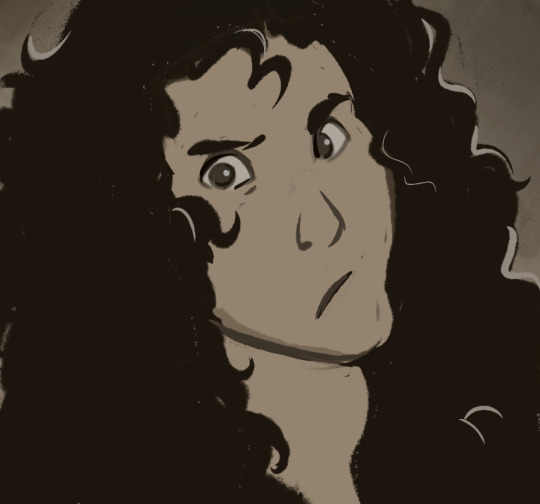

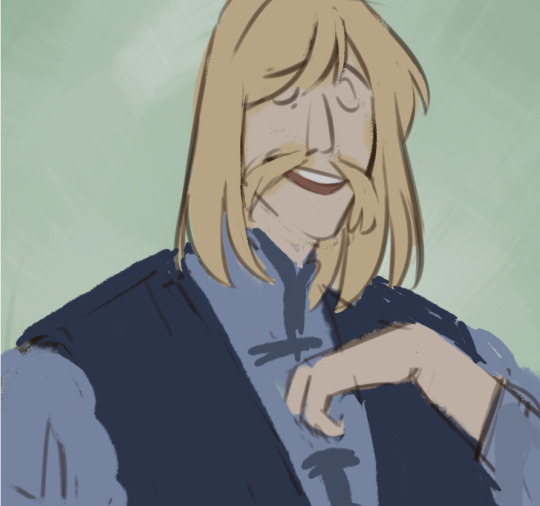

father and daughter,
niece and uncle
1 note
·
View note
Text


ducking around…
Dunajec River in Poland, December 2023
#ducks#mallards#birds#wild nature#waterfowl#water#water waves#circular waves#Europe#Eurasian fauna#Polska#dabbling duck#dunking duck#rump up#tail up#better profile#ornithology#nature photography#photographers on Tumblr#original photography
46 notes
·
View notes
Text


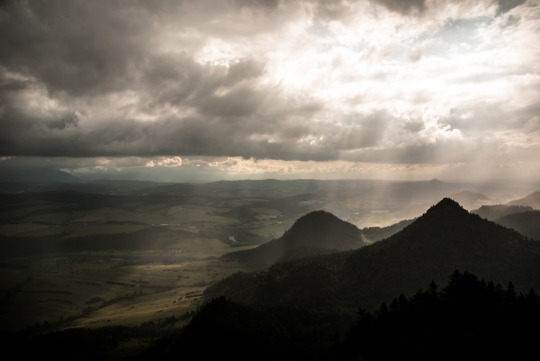

Pieniny (2) (3) (4) by Krzysiek K
Via Flickr:
(1) Dunajec
(2) (3) (4) Trzy Korony. Three Crowns.
#mountains#rivers#cloudy#boats#people#valley#mountain view#landscape#poland#pieniny#pienin mountains#lesser poland voivodeship#małopolska
8 notes
·
View notes
Text
Edward Szymański - Przemsza
Jeśli zdrowie masz i gazety
To poszperaj w prasie codziennej -
Ileż wierszy piszą poeci
O Wiśle, Dunajcu, o Niemnie
Bo nad Wisłą dwie stolice i COP
Nad Dunajcem - Góry, Niemen - w borach
Wisła, Niemen, Dunajec. I stop
Mnóstwo wody we wszystkich kolorach
Reportaże, wiersze przeczytałeś
Naród - mówisz - mocny w geografii
A o Przemszy, Czarnej i Białej
Nikt dotychczas pisać nie potrafi
Bo nad Przemszą nie szumi wicher z gór
Dzień sam się budzi, usmolony węglem
Bo nad Przemszą ziemia pełna dziur
Bo nad Przemszą Dąbrowskiе Zagłębie
Płynie rzeczka przеz szlakę i miał
Ani wiru w niej, ani głębiny
Ponad czarne wysypiska hałd
Kominy, kominy, kominy
Nad Zagłębiem praca i dym
I niebo nie bardzo błękitne
Po dniu pracy, brudnym i złym
Wieczór tysiącami lamp kwitnie
Wiążą ziemię od góry do dołu
Sznury drutów, kajdany szyn
Biała Przemsza - to stal i ołów
Czarna Przemsza - węgiel i cynk
17 notes
·
View notes
Text
Zamek Dunajec- Niedzica/ Castle Dunajec- Niedzica
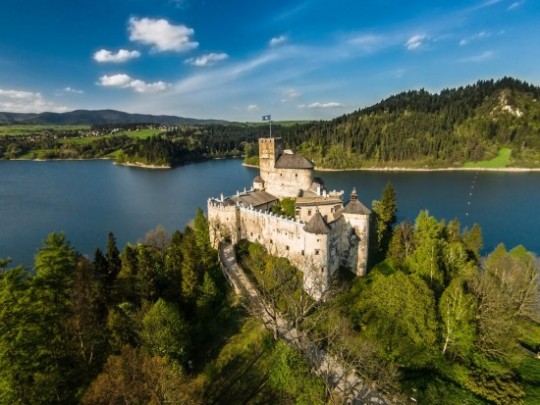
Znajduje się we wsi Niedzica, w województwie małopolskim, na obszarze Polskiego Spisza lub Zamagurza - Pieniny Spiskie oraz prawym brzegu Zbiornika Czorsztyńskiego. Został wzniesiony na początku XVI wieku przez Kokosza Berzeviczego. W średniowieczu składały się na niego dobra położone na terenie Zamagurza.
Jak głosi legenda
"Pod koniec XVII wieku na zamku i w jego okolicy rezydowali Inkowie- potomkowie Tupaca Amaru II i część arystokracji uciekających przed hiszpańskimi prześladowaniami. Mieli oni też ukryć część skarbu przeznaczonego na sfinansowanie powstania przeciw Hiszpanii"
It's located in the village of Niedzica, in Malopolska province, in the area of the Polish Spisz or Zamagurze - Spiš Pieniny and the right bank of the Czorsztyn Reservoir. It was built in the early 16th century by Kokosz Berzevicze. In the Middle Ages it consisted of estates located in the Zamagurze area.
As the legend goes
"At the end of the 17th century, the Inca descendants of Tupac Amaru II and part of the aristocracy fleeing Spanish persecution resided in and around the castle. They were also supposed to have hidden some of the treasure intended to finance an uprising against Spain."
#castle#medieval castle#vintage#world history#architecture#historic architecture#nature#building#old art#old timey aesthetic#medieval fantasy#history of art#history era#culture#archaeology
2 notes
·
View notes
Text

Rzeźba Anny Malik | rzeka DUNAJEC | Wisła i jej lewe i prawe dopływy #siostryrzeki wystawa 2020 @abwwia
2 notes
·
View notes
Video
vimeo
FLY FISHING IN POLAND DUNAJEC RIVER AN AMERICAN ADVENTURE from ArturVideoframes on Vimeo.
2 notes
·
View notes
Text
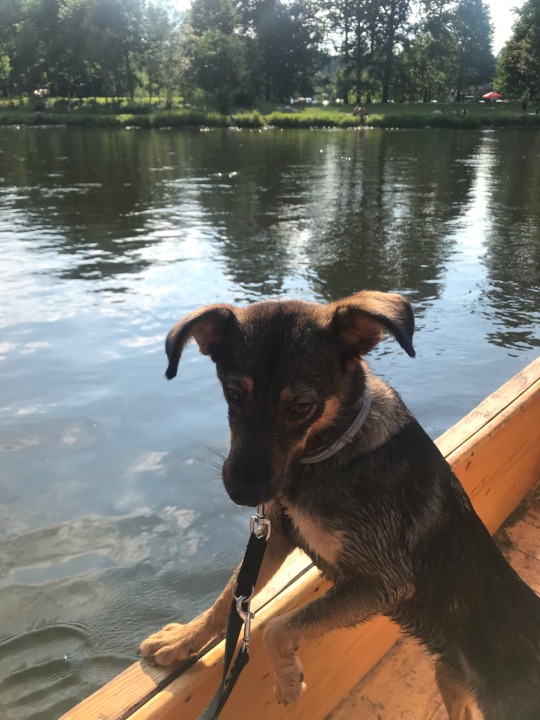

This is Kawa on the Dunajec river in Pieniny, Poland on her first boat trip. This blog was supposed to be all about books but 1. All blog titles about books were taken, so I had to add Kawa and 2. I know one person who’s gonna read this blog and enjoy Kawa-content and 3. Well who wouldn’t like Kawa!?
And yes, she has the best ears ever ♥️
10 notes
·
View notes
Text
So from what I managed to gather about the current state of affairs in the Polish part of the Carpathians:
Cieszyn: me.
From Ustroń to Żywiec and Ujsoły: an Anarch Gangrel pack, incidental others.
From Babia Góra to Czarny Dunajec: no idea. May not be officially claimed by anyone, as the one that held this domain met her final death in 1999. Maybe Garou?
Rabka-Zdrój – Zakopane: Cammies.
Nowy Sącz – Krosno: definitely Garou.
Sanok: my childe, technically also me.
Przemyśl: Cammies again.
Bieszczady National Park: Gedeon. If he's still around, because he hasn't written back yet.
4 notes
·
View notes
Text
Tatra Cave Dogs and Other Cave Dog Myths in Eastern Europe
Tomasz Pietrzak vel Quatl
(April 2008, no. 17)
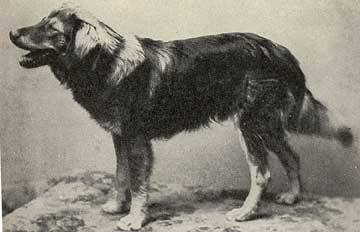
Cave dogs are mythical creatures reported by Polish (and other eastern European) speleologists. Some people suspect that the mysterious Tatra, Poland, cave dogs are feral dogs that run among the peaks at night, and only stay in caves during the day. This may be the reason why few people see them, and how the legend came into being. The myths refer to spirit animals that attack and bite humans who spend time in the caves. Other legendary dogs, called "cave dachshunds," reportedly exist in Polish caves. These small dogs jerk the overalls of speleologists for scraps, especially while they crawl through tight tunnels. These invisible cave dogs supposedly pester people who explore their cave dens. Reports about cave dogs were figured to be the product of human imagination. However in Bulgaria, in Bezdenen Pczelin cave, a group of Polish speleologists found some half-blind feral dogs that showed little reaction to light. These Bulgarian cave dogs were left by bad people in caves, and have adapted to living in dark caves and lost their sight. Zoologists and zootechnicians also detected some negative morphological changes in body and head structure. Sojourning in a cold and moist environment with a monotonous and poor diet brought further degeneracy.
A. Radomski i K. Grotowski (Polish speleologist) also found strange dogs in Kuczeszka Pasztera cave in the 1960s, and dogs are reported to live in other caves in Bulgaria. Some stories are about dogs that lived in caves long ago. The oldest people heard about them from their fathers and grandfathers. People did not see these dogs but sometimes heard them when they threw dead goats, cows, or other animals over a precipice—cave dogs then fed on these animals.
An expedition from Slovakia left for Tatra in 2001 to search for its mythical cave dog. Unfortunately they did not find anything. It is possible there are some feral dogs living there, apart from normal dogs. In the western part of the Tatra Mountains are found many caves and remainders from karsic activities. Nowadays, caves dogs are considered only legends connected with activities of speleologists.
The true cave dogs are not a distinct wild dog, but a feral breed of domestic dog living in Bulgarian caves and fissures and similar places in the world, adapting to life in cold and dark places. Once other forms of cave dogs existed—the Primitive Cave Dog (Canis lupus [Canis spp.]). These animals were characterized by considerable sizes, strong body structure, and with a developed instinct of defense of their hideouts. This behavioral feature clearly separated it from smaller canids that were rather cowardly, along with their aggressive defense of prey from larger predators. These animals were the ancestors of modern domestic dogs and lived with the first people about 10,000 years ago. The first domestic dogs were similar to dingoes and come from wolves.
There are a few recent reports of cave dogs throughout the mountainous regions in Poland. Some accounts came as recently as 2007, in the southern regions of Stary Sącz, in the Dunajec and Poprad range in the Sądecki Beskid mountains, and Żywiec in the Żywiecki Beskid mountains, from Slovak speleologist, Jano Ducár, who before coming back to Lomnice na vlak, saw a dog leaving a wide hole among the rocks in the cavern. He was told that "čierny pes" is not a problem for speleologists because their caves are spacious and large—the dogs living there have many places to hide. This was, perhaps, the mysterious feral cave dog (Canis lupus familiaris)—a descendant of normal domestic dogs.
Published Sources:
Przemysław Burchard. Na dno świata. Cytelnik 1961. Warszawa. Edition 1. Pages: 78-82
Praca zbiorowa pod redakcją Władysława Szafera. Tatrzański Park Narodowy. ZOP. Kraków 1955.
1 note
·
View note